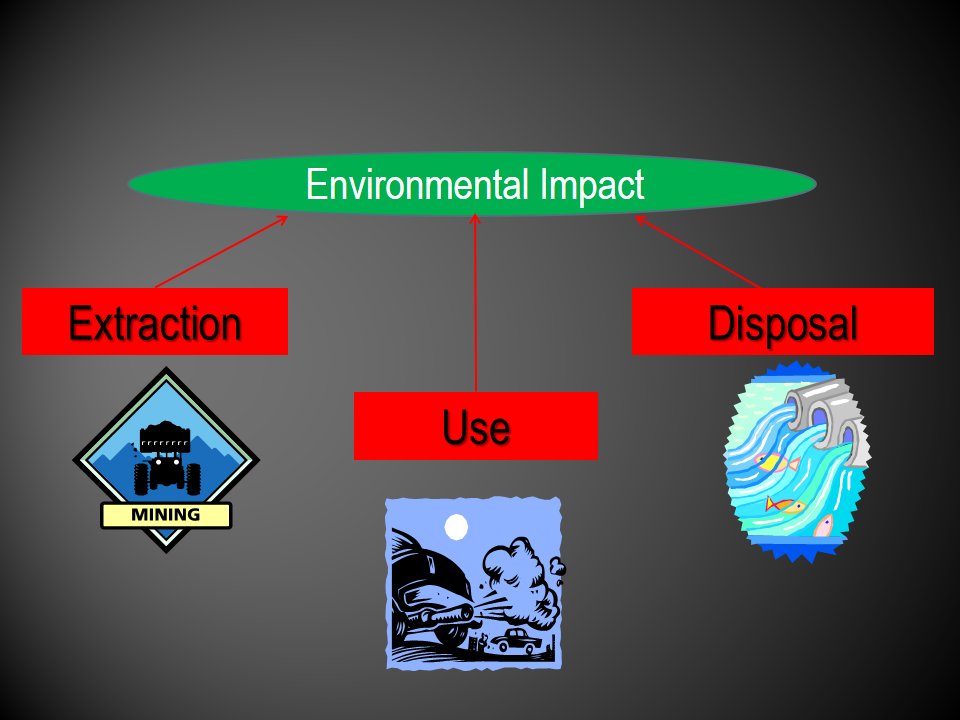The "tragedy of the commons" is a phrase that is commonly used by the environmental studies community to describe the situation in which the property of many will be destroyed or over-used. To a large extent, global sustainability depends on improvements of our stewardship of the commons. However, economic analysis - and in some cases social and political circumstances - rarely favor responsible management of the commons; instead, they reward behaviors that lead to deterioration.
Let us start by talking about a few examples of how the Commons deteriorate:
- Atmosphere often becomes a sink for chemicals. Among other negative effects, this results in global warming, ozone loss, acid rain, and urban smog.
- Oceans are a sink for pollutants such as agricultural and industrial run-off. In addition, fishery depletion affects ecologic equilibrium.
- Rapid extraction of lumber, minerals, and clear-cutting for agricultural and urbanization purposes has resulted in extensive rainforest deforestation, which in turn results in decreased biodiversity and global climate change.

In addition to the intrinsic necessity to protect the commons, it is in our best interest to responsibly manage natural resources in order to maintain our own standards of living and those of future generations. How do we quantify this? We use a number called the Carrying Capacity. The carrying capacity basically estimates how many people Earth can support. There are many different estimates for the planet's carrying capacity. The variation is accounted for by several discrepancies, most of which depend on the quality of life that people would have.
How do we address these problems?
The international nature of many environmental problems adds complexity:
- Exporting failed models of resource use and extraction to developing nations
- Exporting environmental footprint to nations with less stringent regulations
- Land and resource grabs
For our first discussion forum, we will estimate the cost of gasoline, including the cost of smog remediation and the cost of ground and surface water pollution, the cost of electricity, including the cost of coal or nuclear waste disposal and the cost of smog and water acidification, and food production, including the cost of new wells and the cost of liquid waste.
Clearly, there are many other factors that may increase the cost of these items, as shown in the schematics in Figure 1.3. You can add these factors into the conversation.

Class Discussion Forum 1:
Run "back-of-the-envelope" calculations and write short text. The key word here is, summarize your impressions! My expectation is that you will find these numbers to be a lot larger than you would initially anticipate.
- Estimate the cost of Gasoline, if it includes the cost of smog remediation and the cost of ground and surface water pollution
- Estimate the cost of Electricity, if it includes the cost of coal or nuclear waste disposal and the cost of smog and water acidification
- Estimate the cost of Food Production, if it includes the cost of new wells and the cost of liquid waste
